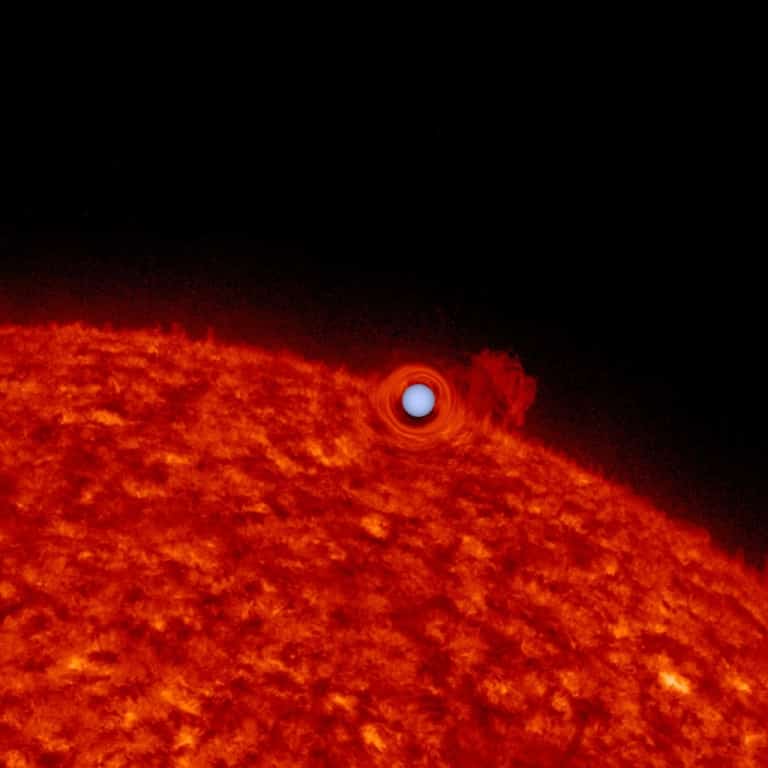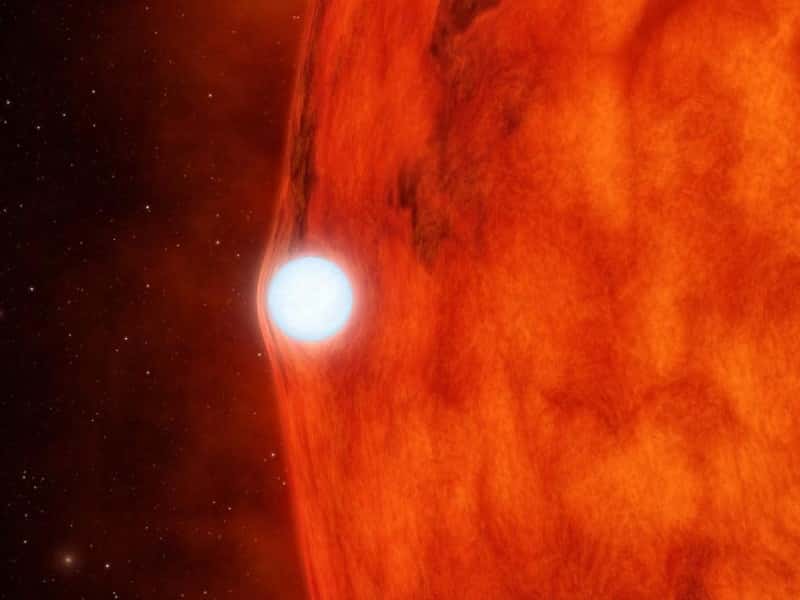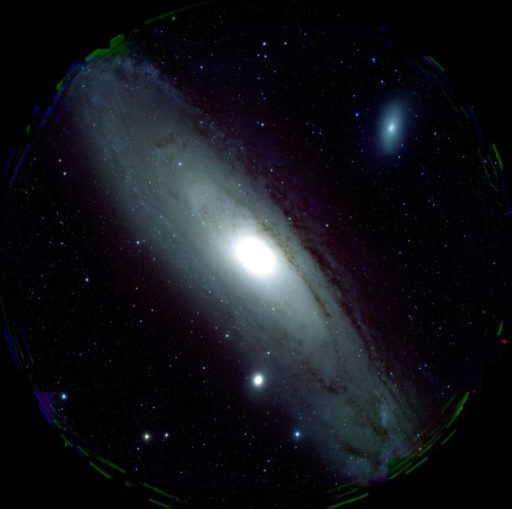Typically, astronomers observe the dimming of a star whenever an exoplanet passes in front of it. But what could possibly cause a star to periodically increase its illumination when an object passes before? Lately, NASA has mentioned that it has found a dead star called a White Dwarf acting as a magnifying glass in space.
NASA astronomers have observed a white dwarf acting as a magnifying glass for another, Sun-like star that it is orbiting. The binary star system which 808 parsecs (2.49322749 × 1019 meters or 2,600 light years) away from Earth in the constellation Lyra, was previously classified as a possible exoplanet system.
However, using data from NASA’s Kepler spacecraft, physicists Ethan Kruse and Eric Agol of the University of Washington in Seattle observed an increase of just 0.1% in the larger star’s brightness every 88 days, lasting for 5 hours. According to them, the effect known as microlensing is the result of an orbiting white dwarf — a dense, compact, burnt-out star whose gravitational effects act as a magnifying glass every time it crosses the line of sight between its companion star and Earth.
It is to be noted here that it’s the same effect that lets astronomers see massive celestial objects behind other large bodies, including galaxies. This happens when massive bodies distort space-time and bend the path of light travelling past them. Here’s a video for you.
Kruse and Agol have published their findings in the journal Science.
Source: NASA
Thanks To: Nature News
[ttjad keyword=”best-tablet”]







be sure to not mention dithering